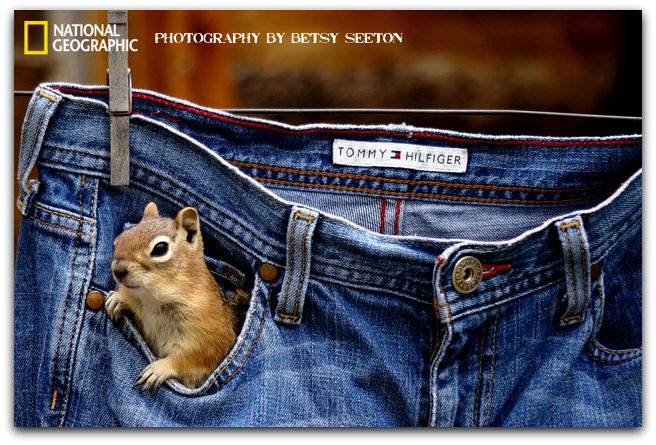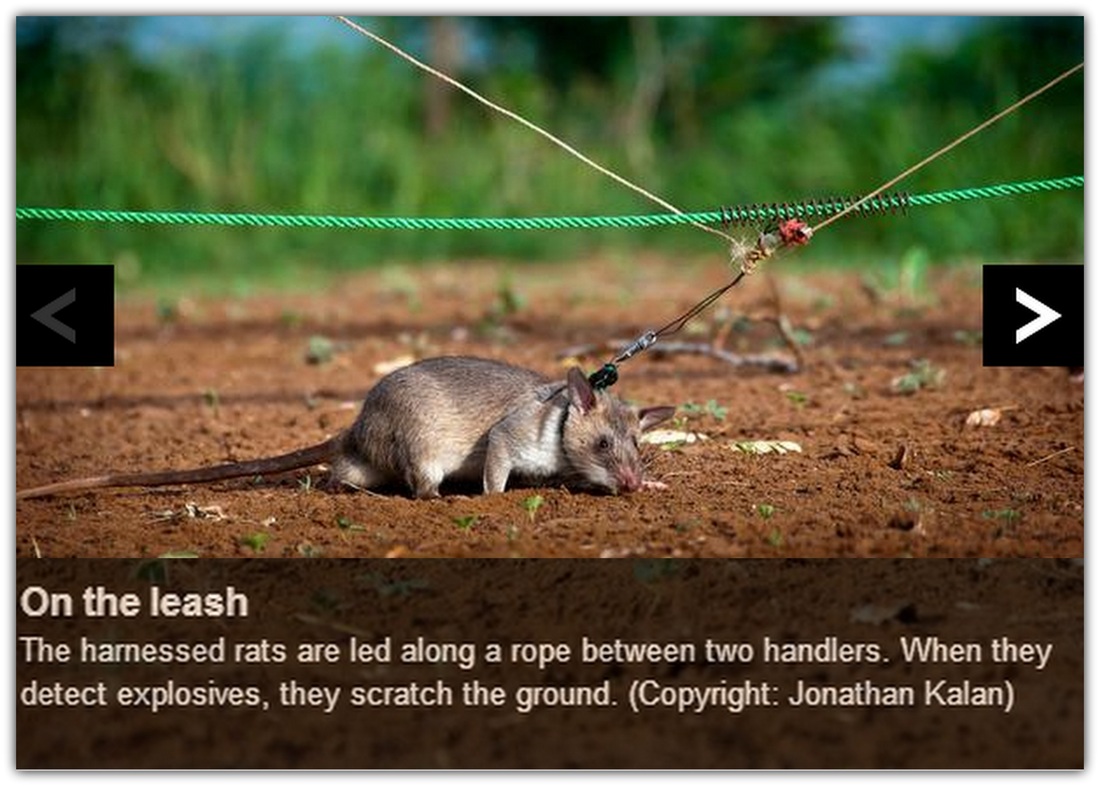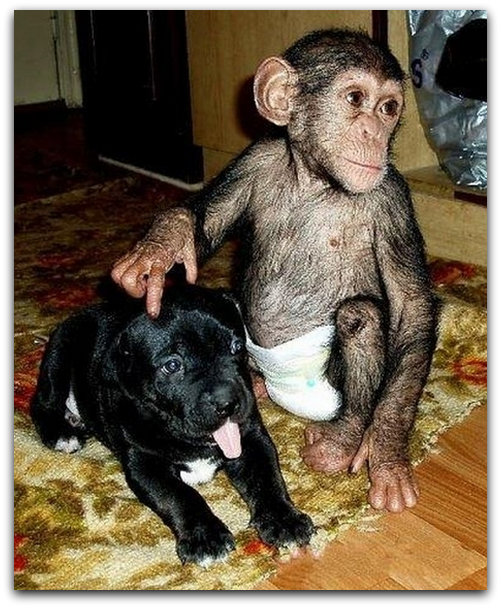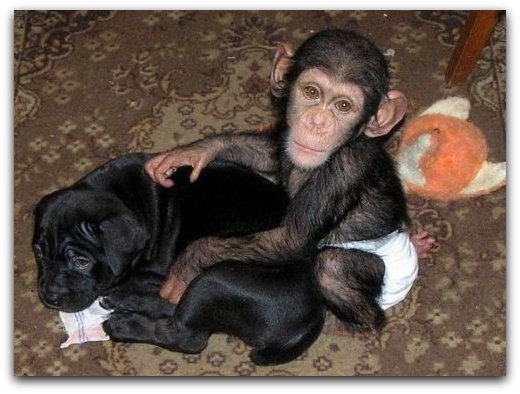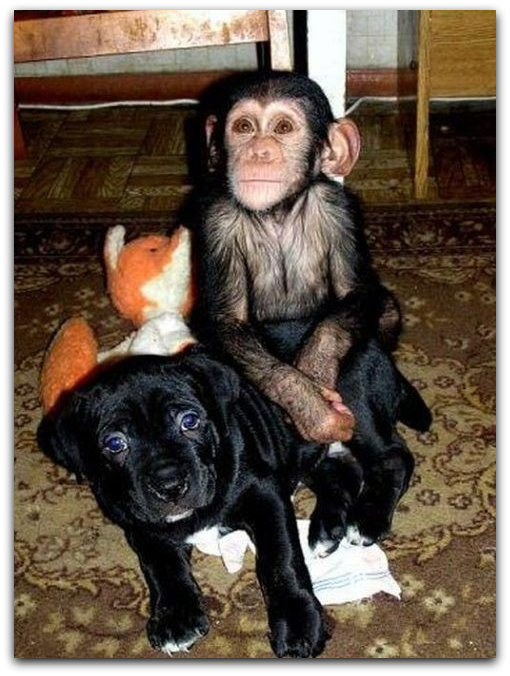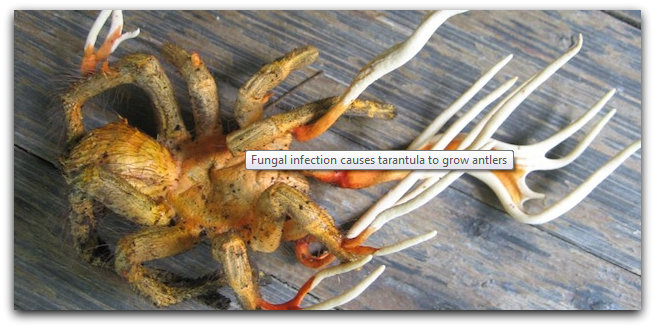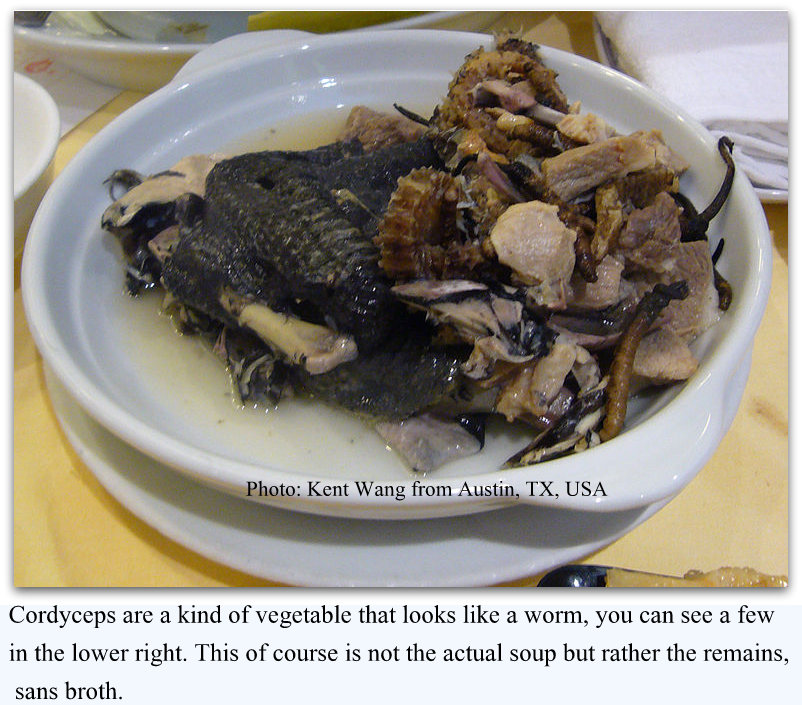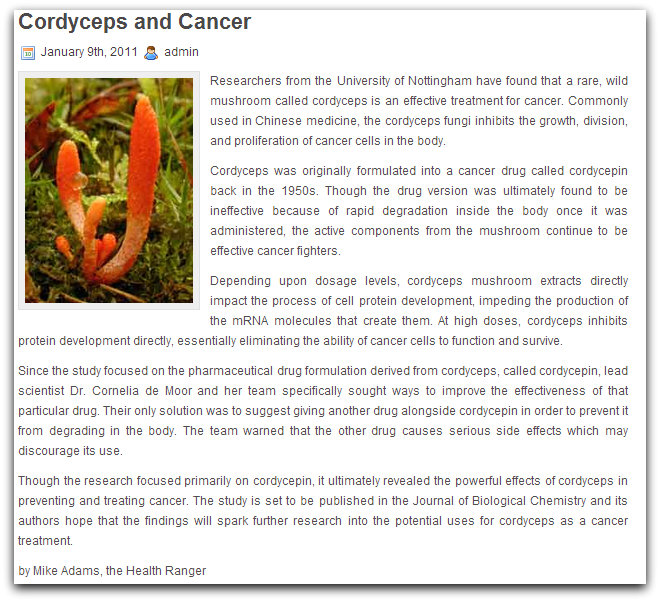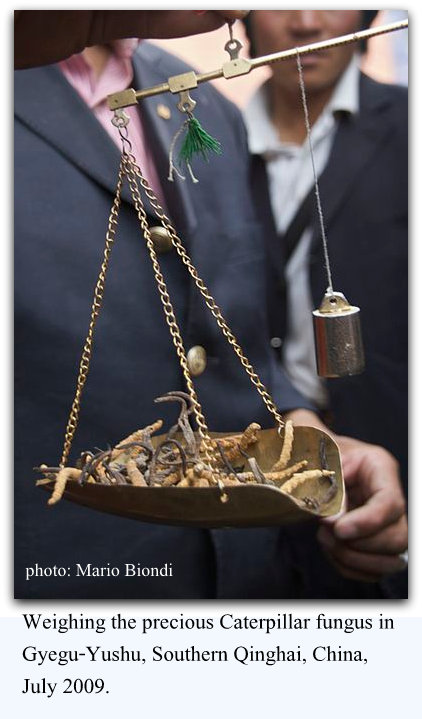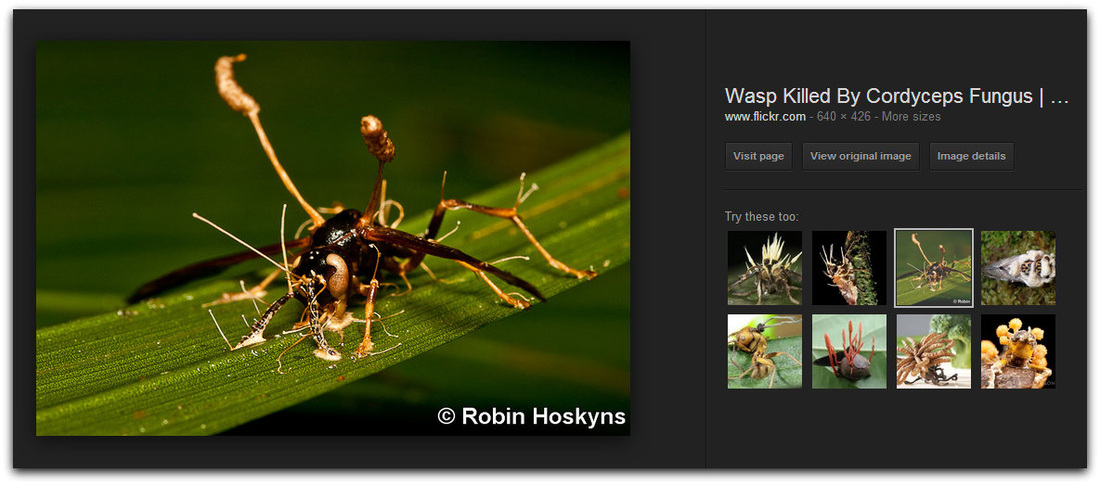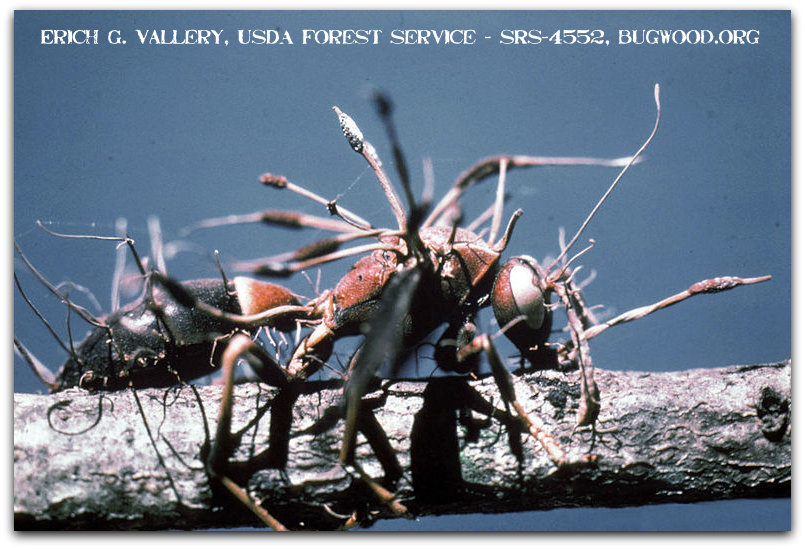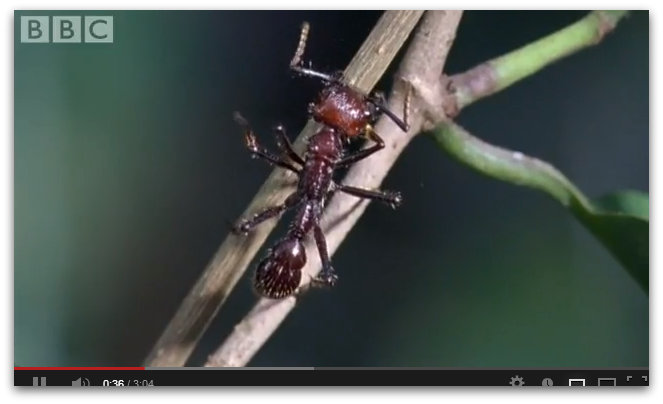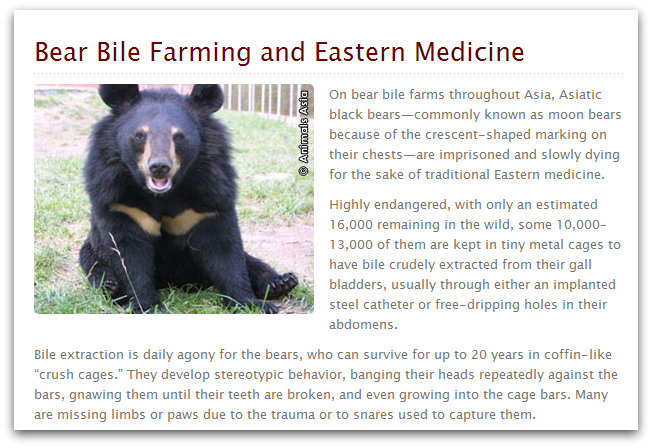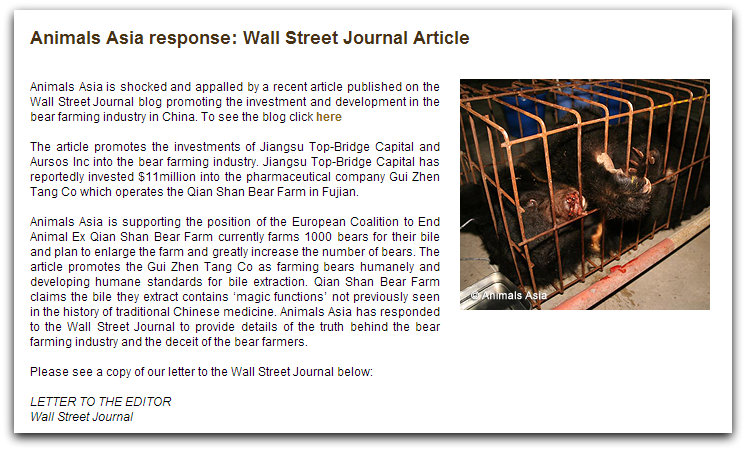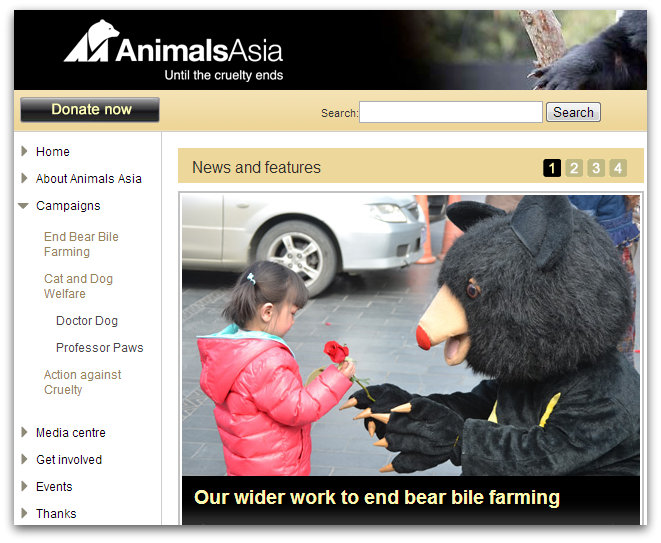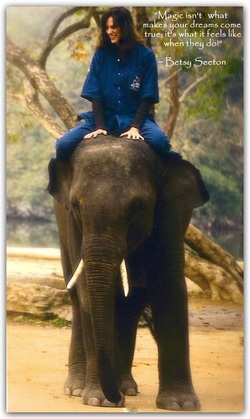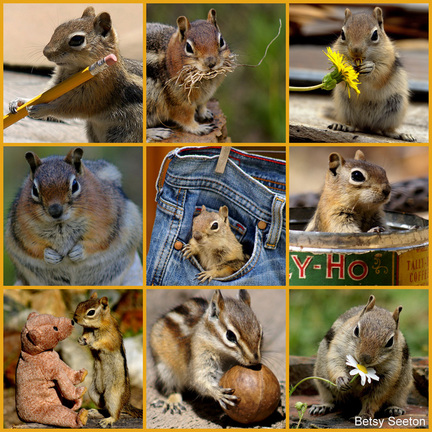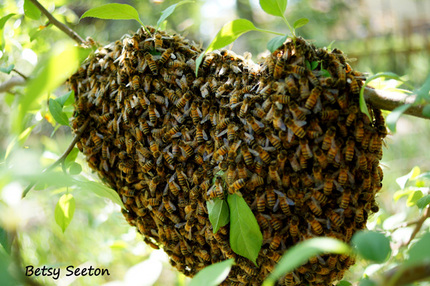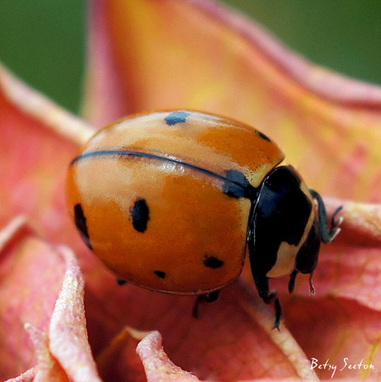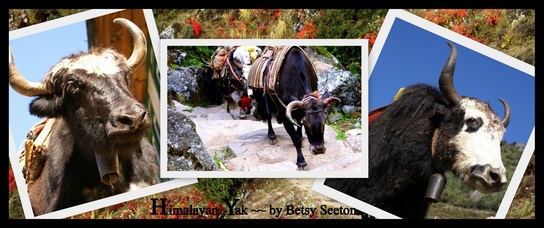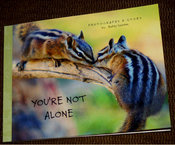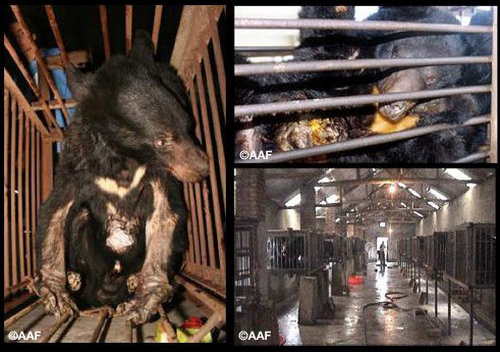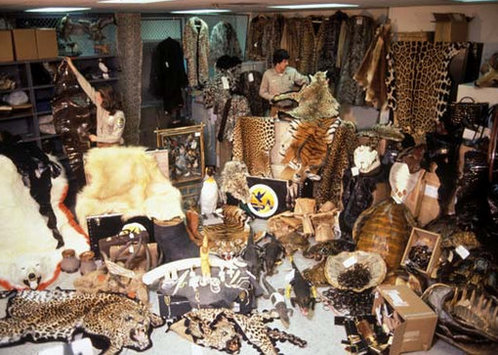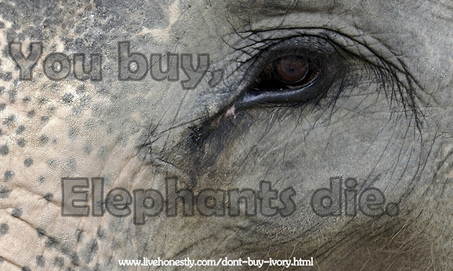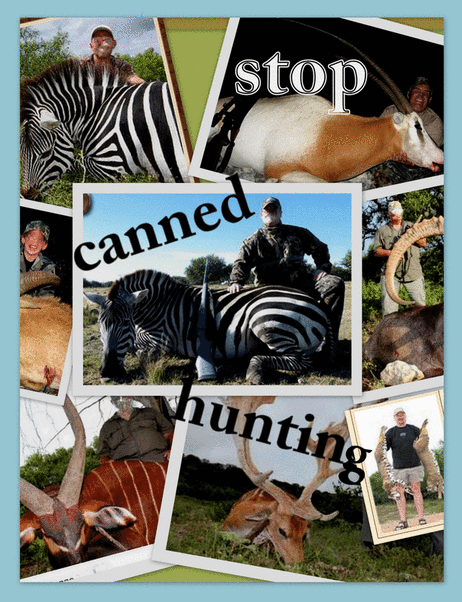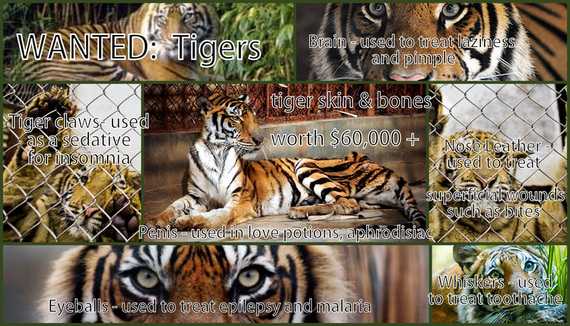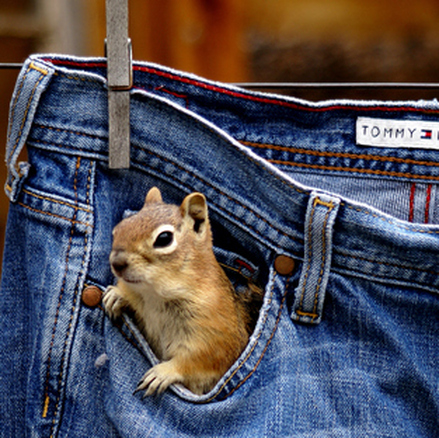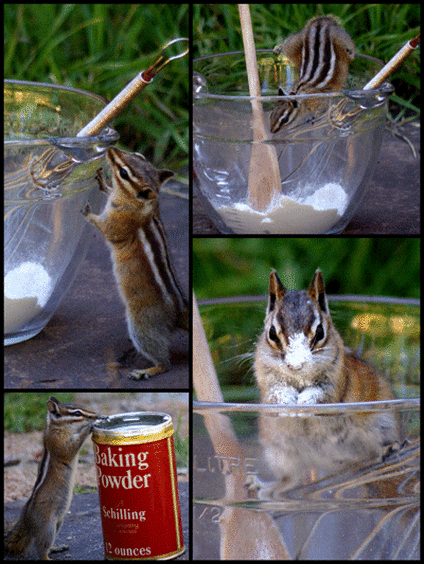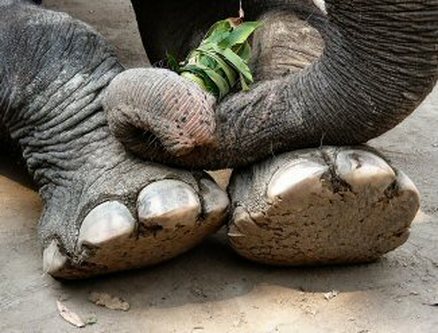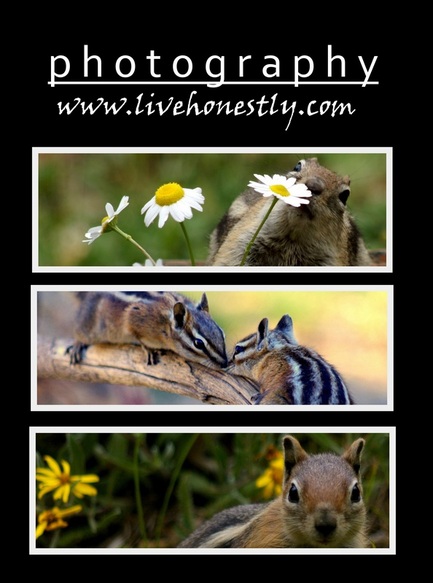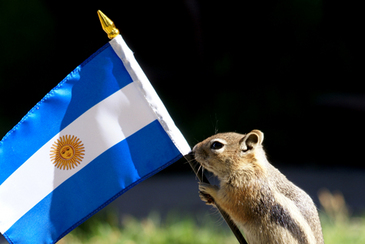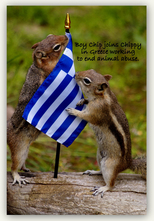|
0 Comments
ALDF needs your help to support passage of the "PUPS Act" (S. 395). Thousands of dogs are suffering immensely in "puppy mills"—large-scale, unethical commercial dog-breeding facilities—so they can be sold to unsuspecting consumers. Dogs produced in puppy mills not only endure terrible conditions before purchase, but are prone to contagious disease, heart and hip problems, and serious breathing difficulties. Meanwhile, millions of dogs are euthanized in animal shelters every year because they haven't been adopted in forever homes. Watch this special message from pro cyclist Levi Leipheimer about puppy mills, and take action today." Click image to reach ALDF website.
Unlikely partners - the hunter and the hunted - are seen here working together to locate landmines. In parts of Africa, these rats are typically to dine for, but now in addition to being someone's dinner, they also work to clear the fields of bombs. These Mozambique rats "bigger than New York City sewer rats," writes Jonathan Kalan, quickly overcame obvious skepticism in their new hero role proving incredibly adept at locating landmines in an area riddled with the buried explosives. "...stuffed into tiny harnesses [the rats] began to sweep back and forth on ropes between their human handlers, stopping every so often to scratch and point out a landmine.'
“In Mozambique we eat rats,” joked Alberto Augusto, the director of Mozambique’s national demining institute, “so it was very strange to see them working and demining. We were thinking to grill them. “These are not normal rats,” Augusto declared. “They are very special rats.” READ FULL ARTICLE As stories so often go on the Internet, the truth is sometimes hard to decipher. Several versions of a story accompany the following images. The one most closely resembling what may depict the real story is:
"Two years ago in a Russian zoo a female chimpanzee for some reason repudiated and abandoned her baby chimpanzee. When one of the employees of the zoo took the little chimpanzee home it never crossed her mind that her dog, a 100 lb. mastiff, would become a mother for the orphan chimpanzee and treat the cute little baby as her own child. The chimp also gets along with the rest of the zookeeper’s dogs, however, the mastiff and her seem to be like peas and carrots." I wonder why more information isn't readily available? Who took the photos? Who was this zoo employee? Which zoo? What happened to the chimp? (No follow up story has been found.) But regardless of the lack of good information, I'll let the images tell their own story. This is one of the most interesting things I've learned about this week! It's something right out of Star Trek. A fungus called cordyceps invades an insect's or anthropod's body and uses it for its own means of growing. (A few types of fungi are parasitic on other fungi.) This marvelous photo below shows one type of cordyceps fungi using a tarantula as a host body. The fungus gradually replaces the tissue of the other life form with its own. Once the original life form succumbs to death, the fungus keeps growing. During this life and death process this fungus can also invade its host's brain and uses the power of disorientation to draw the host toward a favorable environment from which it has the best chance of thriving. Wikipedia describes the process like this: "When a Cordyceps fungus attacks a host, the mycelium invades and eventually replaces the host tissue, while the elongated fruiting body (ascocarp) may be cylindrical, branched, or of complex shape. Mycelium (plural mycelia) is the vegetative part of a fungus, consisting of a mass of branching, thread-like hyphae. The mass of hyphae is sometimes called shiro, especially within the fairy ring fungi. Fungal colonies composed of mycelia are found in soil and on or within many other substrates. A typical single spore germinates into a homokaryotic mycelium, which cannot reproduce sexually; when two compatible homokaryotic mycelia join and form a dikaryotic mycelium, that mycelium may form fruiting bodies such as mushrooms." Click here to read about Potential pharmacology "The Strange Mushroom with it’s Secrets While most commonly known as Caterpillar Fungus, Dong Chong Xia Cao Tachukas and Deer Fungus, Cordyceps are a type of mushroom that is found scarcely in Sweden and Finland, very few Norwegian localities, and very isolated areas of southwest China." SOURCE VISIT THIS WEBSITE ABOUT CANCER AND CORDYCEPS OR YOU CAN CLICK ON THE ABOVE IMAGE: http://www.vitalitymushrooms.com/2011/01/09/cordyceps-and-cancer/
MARCH 2013 - PUPPY MILL LEGISLATION TO CLOSE LOOPHOLE IN SELLING PUPPIES THROUGH THE INTERNET3/5/2013 To read full text of H.R. 835 PUPPY UNIFORM PROTECTION & SAFETY ACT click the pdf file below:
"China still does not have any animal welfare legislation on its statute books, making it impossible to prosecute for cruelty against animals, however a law is currently being drafted and debated through China's rubber-stamp parliament, the National People's Congress." Animals Asia, Jill Robinson  "Bile extraction is daily agony for the bears, who can survive for up to 20 years in coffin-like “crush cages.” They develop stereotypic behavior, banging their heads repeatedly against the bars, gnawing them until their teeth are broken, and even growing into the cage bars. Many are missing limbs or paws due to the trauma or to snares used to capture them." Read More READ FULL ARTICLE FROM THE TELGRAPH ON BEAR BILE FARMING CLICK TO READ LETTER TO THE EDITOR OF THE WALL STREET JOURNAL ABOUT THEIR SUPPORT OF BEAR BILE FARMING STRAIGHT FROM THEIR WEBSITE: "Earlier, Peter had arrived in one of the smallest cages staff had ever seen. Just 3 feet long, by 1 foot 8 inches wide, and just under 2 feet high. It’s likely that he had spent most of his life, caged and hardly able to move. Writing in her blog Animals Asia founder Jill Robinson described the moment when, having been transferred to a larger recovery cage under anaesthetic, Peter manages to stretch his legs and stand for possibly the first time in years: “The first hour or so after coming round, saw Peter’s back legs and consequently the recovery cage, shaking from his effort to stand on all fours, and it was clear that he really didn't know what to do with his legs. His nerves too were in shreds, and he jumped in fright at the slightest movement, huffing at everyone in fear and anxiety, until he was satisfied that nothing was going to cause him harm. “Still this brave bear persevered – and today he has it all worked out. This bright and curious hero is standing tall, calmly contemplating not only his new surroundings, but us. A bear with the most handsome face in the world, Peter loves his food, he loves his browse and straw, and most of all he loves his bamboo toys.” CAGED LIKE THIS WITHOUT ROOM TO MOVE IS TYPICAL IN BEAR BILE FARMING Jill Robinson MBE, Animals Asia founder and CEO said:: Over the years, since seeing the photo of me riding an elephant, people have written me and sometimes written in very angry tones to blast me for being hypocritical. Some animal activists believe any human interaction with any animal of the wild is wrong. I don't have that view. I interact with wild animals at my home in the mountains and believe as long as I don't make them a danger to themselves or others, it's not wrong. Below is a pdf I made of an email exchange with a reader who said it disturbed her to see me riding an elephant. I share the exchange here because I wanted to put the discussion out there for others to weigh in, and because I wanted to get my view out there. I changed the name of the person who wrote me to "Reader" in order to protect their anonymity. READER’S QUESTION: Comments: my question while you doing so great job , honestly I cant do it what you do for the animals. respectfully I wonder how can you ride an elephant knowing that the training of elephant is so hard en their intrinsic value is not to serve the human being regards, Reader BETSY’S REPLY: Thank you for writing and asking an important question. The elephants at Lampang where the Thai Elephant Conservation is located are rescued elephants who are well cared for and considering where they came from, and the limited choices for their continued survival, it's a place that gives them a second chance. The human who cares for Kaew is intended to be a lifelong partner. I check in with the facility throughout each year to see how Kaew is doing. The young man in charge of the Conservation loves the elephants and his job. It's not the perfect solution for these lovely and spectacular animals, but given a bad situation, it's a place that cares for them without abuse and continues to get funding to support that care. I won't go to a circus where animals are trained to perform. I won't go pay to ride elephants just to ride. I did an investigation into the first elephant riding business I came across in Bali. I interviewed the owner and photographed behind the scenes where the elephants are chained 24/7. It was heartbreaking. I was interested in knowing how animals were treated at this conservation and am pleased to report I witnessed no abuse. Of course, I'd rather see elephants roam in their natural habitat - no question. That's where they belong. READER’S QUESTION TO BETSY’S REPLY: Hi Betsy Thank you for your quick reaction. Once again I admire you very much and we need lot of more people like you. About my concerns riding on an elephant I ‘m very glad to hear that you agree with me and that these elephants are save for their lives. Yet only to see the picture of you on the top of the elephant seems like that’s OK to ride on an elephant. Ofcourse I understand your investigation but surely lot of people who just starting to learn that isn’t OK they will be confused after seeing you on these picture. We rather see no more tourist riding on an elephant. But people will see you as their example .Not one of our best ideas as humans to cage creatures. While I’m for conservation for endangered animals, the idea of detaining, training and locking up animals for tourist just does not sit right with me at all. Lets face it the majority of the general public wont even know nor do they know about all the other other horrors that are happening to animals in their names for example in Thailand and India the poor elephants going through a religious process called Phajaan. During that process 5 or 6 days depends on the elephant how quick he surrender, no water is allowed, foox or sleep during this time. During the silent nights, evenings and mornings that fall upon the village , the only sounds that can be heard are from the tortured elephant. It bellows in agony, desperately trumpets for help after he was beating so many times. More people ought to find out whats really going on and don’t rely on what the industry that makes billions from it wants us to believe. A cynical ploy, at the expense of a creature meant to be wild. Betsy, that is why I am disturbed by the photo of you. regards, Reader BETSY’S REPLY TO READER’S 2ND QUESTION: You make valid points, and I see your viewpoint about how riding Kaew could give the wrong impression or even be counter-productive to helping the elephants. My hope is that there exists a distinction between animals held captive for human entertainment and profit, and animals that have been rescued and must find ways to be supported. The conservation camp where Kaew lives could be seen as exploitation of the animals. Perhaps there are better ways to run rescues. The David Sheldrick Trust in Africa is one of my favorite organizations and they are brilliant in rescuing elephants and other animals. I think that the place in Thailand (where Kaew lives) does a decent job over all, and for operating in Asia, does an excellent job. They do little advertising and only want to have enough business to support the operation and seem to steer away from just using elephants for profit. Enjoying a wild animal that has been domesticated due to poor circumstances does not in itself seem wrong if the animal(s) are not abused or unloved, or exploited. I realize it's a fine line between profit and exploitation though. I know that the people I met at the Conservation Camp with the elephants will be forever champions of keeping elephants wild and free, and will do their part to help educate and protect elephants in whatever ways they have means, time, and funds. Elephants are amazingly emotional creatures and to witness their bonding with one another and with other humans was a gift that will be with me always. I was riding Kaew out of the jungle one early morning and it was steep. I was sliding forward and struggling to stay on when Kaew took his ears to gently pin me; to hold me on by using them to secure me against his shoulders. It was remarkable. It's hard to see how something so beautiful and something that was such an incredible experience should be viewed as disturbing, especially once they fully understand the circumstances. I may change my opinion down the road. Thank you for caring and caring enough to engage in a discussion on an important issue. Betsy
|
"Ask not what an animal can do for you; ask what you can do for an animal." Jasper
"The animals of the world exist for their own reasons. They were not made for humans any more than black people were made for white, or women created for men." ~Alice Walker The source of the quote is Walker's preface to Marjorie Spiegel's 1988 book, "The Dreaded Comparison" . Her next sentence was, "This is the gist of Ms. Spiegel's cogent, humane and astute argument, and it is sound." Archives
February 2015
"I was so moved by the intelligence, sense of fun and personalities of the animals I worked with on (the movie) Babe that by the end of the film I was a vegetarian." ~ James Cromwell Categories
All
|
||||||||||||

